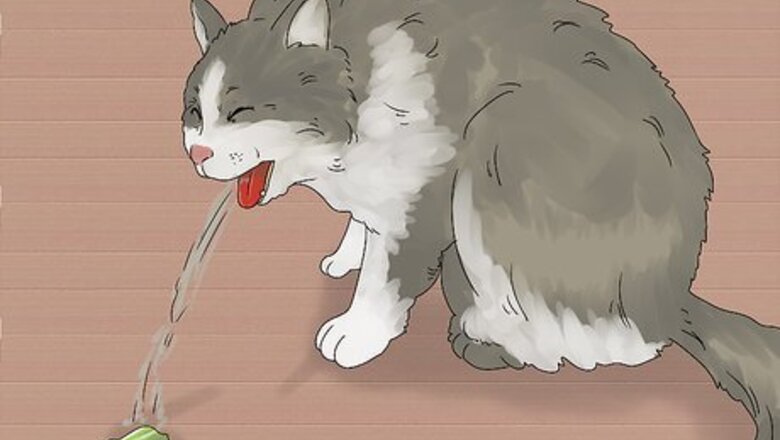
views
Recognizing Symptoms
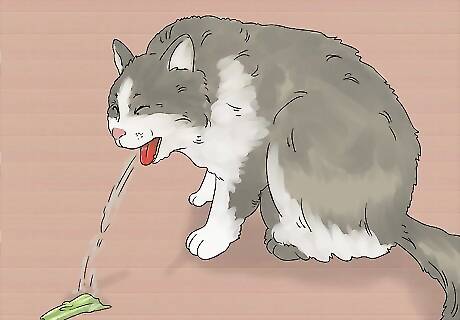
Watch for vomiting. One of the most common reactions to mothball poisoning is vomiting. All cats vomit from time to time, and you'll know your cat's behavior best. But if you notice your cat vomiting more than usual, take it to the vet immediately.
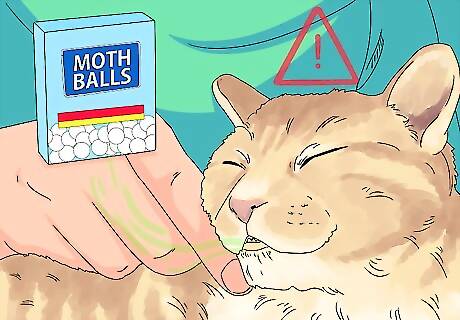
Smell for mothball-scented breath. If your cat is acting strange, check their breath. If you smell a mothball type scent - a sickly sweet smell - they’ve probably ingested mothballs. You should take your cat to the vet immediately if you smell this scent on your cat's breath.
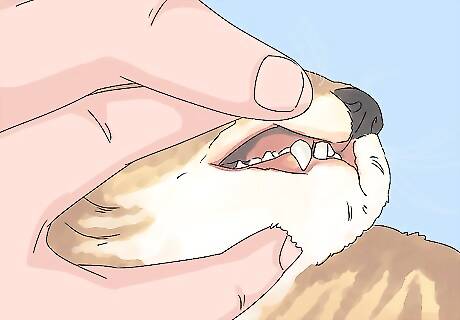
Check your cat’s mouth. If you notice that your cat has pale or brown gums, they may have mothball poisoning. Discolored gums can also be a symptom of other illnesses, so you should take your cat to the vet if you notice this.
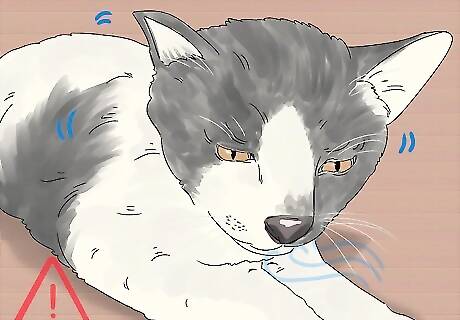
Pay attention to your cat’s breathing. If you notice your cat is having trouble breathing, they might have mothball poisoning. Signs of labored breathing include breathing with their neck fully extended or wheezing. These can also be symptoms of other serious illnesses and if you notice them, you should take your cat to the vet immediately.
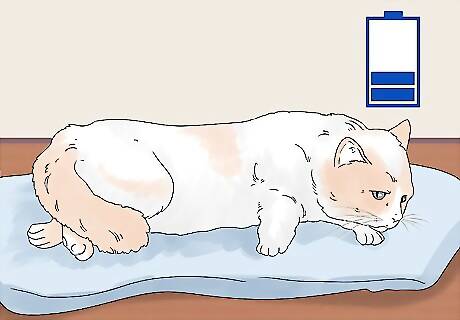
Pay attention to your cat's energy levels. If your cat is lethargic - playing less than it usually does, for example - it might have mothball poisoning. Lethargy can also indicate something else is wrong, so take your cat to the vet if you notice it is lethargic.
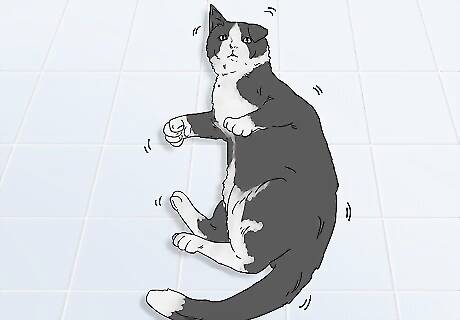
Look for seizures. If your cat starts having seizures, take it to the vet immediately. It may be a sign of mothball poisoning, but it could also be a sign of serious neurological issues.
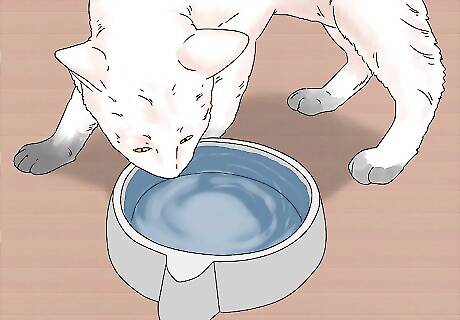
Watch your cat’s liquid intake. If you notice that your cat is drinking a lot more water than usual, they might have mothball poisoning. It can cause your cat to become dehydrated, or to feel like they flush the toxins out.
Treating Mothball Poisoning
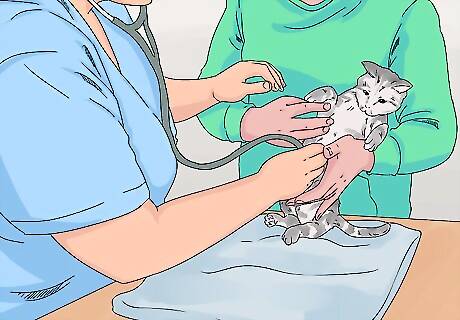
Take your cat to the vet immediately. If you suspect your cat has mothball poisoning, don’t delay in getting it treatment. You should take your cat to the vet immediately.
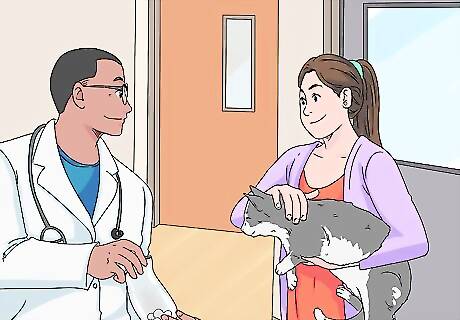
Take the package or remaining mothballs with you to the vet. If you have the original packaging of the mothballs, take it with you to the vet. This can tell your vet if they are made out of naphthalene or paradichlorobenzene. While both types can harm your cat, they are treated differently. The packaging can help your vet decide which course of action to take. If you no longer have the packaging, take one of the mothballs with you instead. The vet can identify them by seeing if they float in salt water. Naphthalene balls will sink while paradichlorobenzene will float.
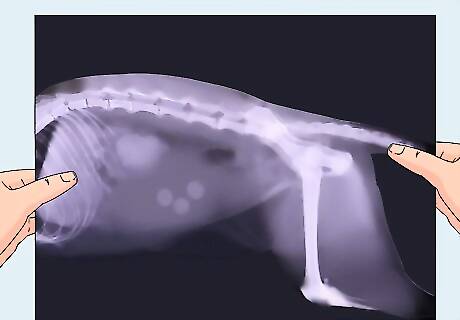
Order x-rays. Your vet might recommend an x-ray for your cat. This allows them to make sure there are no other mothballs anywhere else in your cat’s system.
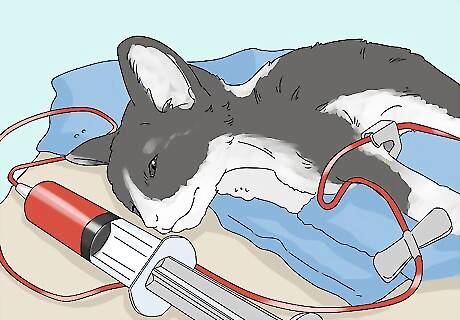
Order blood work. This allows your vet to check for any damage caused by the mothballs. This can include anemia, or liver or kidney damage. To fully cure your cat of mothball poisoning, your vet needs to know what other issues have been caused by it.
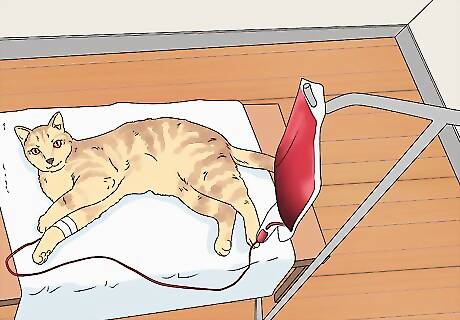
Order a blood transfusion. In very serious cases, your cat might need a blood transfusion. This will more completely flush out the toxins in your cat’s system. Your vet will recommend this if they believe it’s necessary.
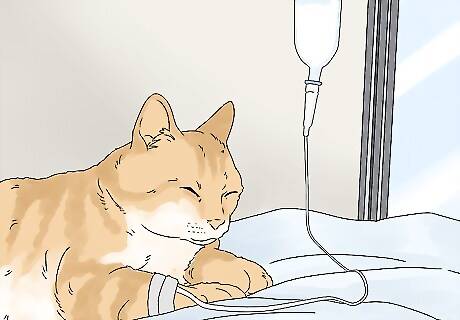
Administer IV fluids to your cat. If the mothballs have done damage to your cat’s kidneys, your vet might order a round of intravenous fluids. This treatment would need to take place in your vet’s office.
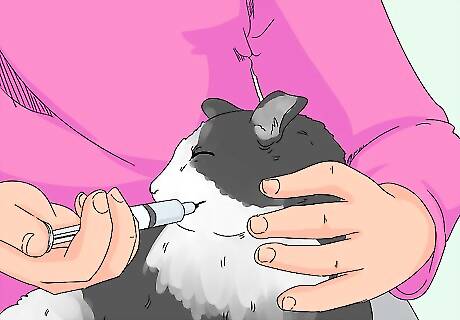
Administer other medications. Depending on the severity of your cat’s poisoning, and how long it’s been since it ingested the mothballs, your vet might prescribe medication. This can include anti-vomiting medication, anti-seizure medication, and medication to protect your cat’s liver.
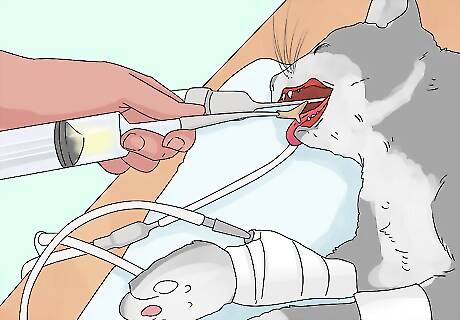
Ask your vet to perform a gastric lavage. A gastric lavage is a medical procedure wherein your vet “washes” your cat’s stomach. Your cat will need to be placed under anesthesia for this procedure, and it can be expensive. This is usually used in cases where the poisoning is severe.

Schedule follow up blood work. After your cat has been treated, you might want to schedule additional blood work. This allows your vet to check that status of your cat’s liver and kidneys and make sure there isn’t lasting damage.




















Comments
0 comment